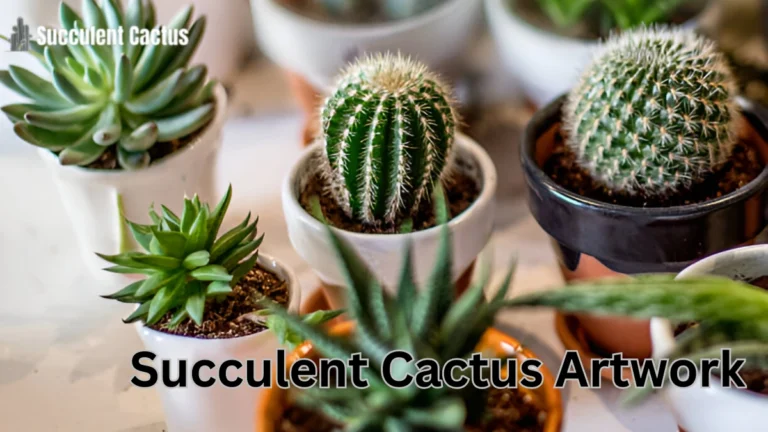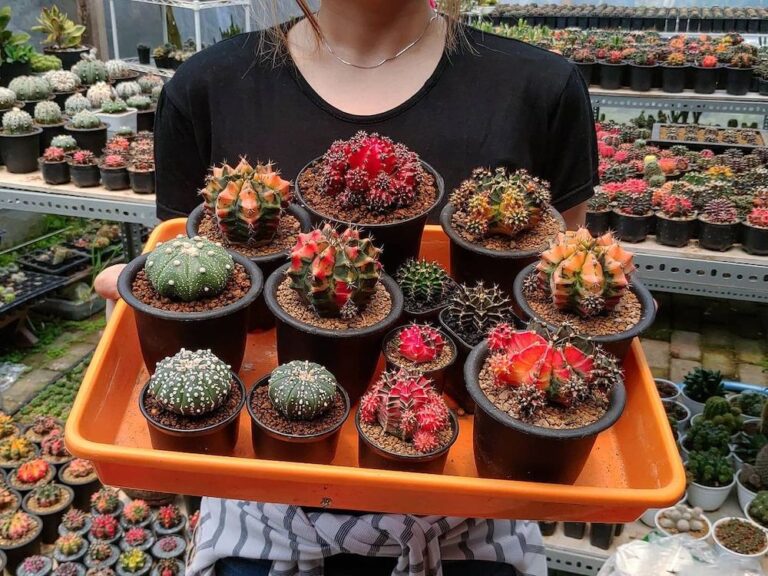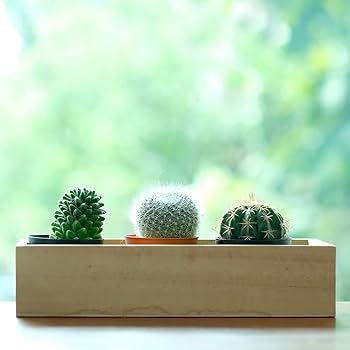Succulents: The Best Types and Tips for Care and Growth

Succulents are a diverse group of plants that have captivated gardeners and plant enthusiasts worldwide. Their vibrant colors, unique shapes, and minimal care requirements make them an ideal choice for both beginners and experienced gardeners. This guide will explore the best types of succulents, their care essentials, and tips to help your plants grow and thrive.
What Are Succulents?
Succulent are plants that store water in their leaves, stems, or roots, enabling them to survive in arid climates and dry conditions. Their name comes from the Latin word sucus, meaning juice or sap, which highlights their ability to retain moisture.
Key Features of Succulents
- Thick, fleshy leaves designed for water storage.
- Unique shapes, ranging from rosettes to spiky forms.
- Low maintenance, making them perfect for indoor and outdoor spaces.
Why Choose Succulents for Your Home or Garden?
Succulent offer numerous benefits beyond their aesthetic appeal:
- Low Maintenance: They require minimal watering and care.
- Space Efficiency: Ideal for small apartments or offices.
- Variety: Available in a range of shapes, colors, and sizes to suit any style.
- Air Purification: Succulent improve air quality by removing toxins and releasing oxygen.
Top Types of Succulents for Your Collection
Succulent come in a variety of species, each with its own unique charm. Here are some of the most popular types to consider:
1. Echeveria
- Features: Known for its rosette-shaped leaves, Echeveria is one of the most recognizable succulent.
- Care Tips: Requires full sunlight and well-draining soil.
2. Aloe Vera
- Features: A medicinal succulent known for its healing properties.
- Care Tips: Thrives in bright, indirect sunlight and needs infrequent watering.
3. Jade Plant (Crassula ovata)
- Features: A symbol of good luck, the Jade Plant has thick, glossy leaves.
- Care Tips: Prefers bright light and occasional watering.
4. Zebra Plant (Haworthia fasciata)
- Features: Compact and striped, this succulent is perfect for small spaces.
- Care Tips: Does well in indirect sunlight and sandy soil.
5. String of Pearls (Senecio rowleyanus)
- Features: A trailing succulent with bead-like leaves.
- Care Tips: Requires bright, indirect light and well-draining soil.
6. Sedum (Stonecrop)
- Features: A hardy succulent that thrives in rocky or sandy soil.
- Care Tips: Needs full sun and minimal watering.
7. Agave
- Features: Known for its striking, spiky appearance.
- Care Tips: Requires full sunlight and thrives in dry conditions.
8. Lithops (Living Stones)
- Features: Resembling small pebbles, these succulent are perfect for unique displays.
- Care Tips: Requires sandy soil and minimal watering.
How to Care for Succulents
Caring for succulent is simple once you understand their needs. Here’s a comprehensive guide to help your plants thrive:
1. Choosing the Right Pot
- Use pots with drainage holes to prevent waterlogging.
- Opt for terracotta pots, which allow better airflow and moisture control.
2. Soil Requirements for Succulents
- Use a well-draining cactus mix or create your own with sand, perlite, and potting soil.
- Avoid heavy soils that retain water, as they can lead to root rot.
3. Sunlight Needs
- Most succulent need 6–8 hours of sunlight daily.
- Place indoor succulent near a bright window, preferably south-facing.
4. Watering Succulent Properly
- Water only when the soil is completely dry.
- Reduce watering frequency during the winter months.
5. Fertilizing Succulents
- Feed your succulent with a balanced, diluted fertilizer during the growing season (spring and summer).
- Avoid over-fertilizing, as it can harm the plants.
Common Problems and Solutions for Succulents
While succulent are hardy, they can encounter problems. Here are some common issues and their solutions:
1. Overwatering
- Symptoms: Mushy leaves, yellowing, or black spots.
- Solution: Let the soil dry out completely before watering again.
2. Underwatering
- Symptoms: Wrinkled or shriveled leaves.
- Solution: Increase watering frequency slightly while ensuring the soil dries between sessions.
3. Pest Infestations
- Symptoms: Presence of mealybugs, aphids, or spider mites.
- Solution: Treat with neem oil or a mild soap solution.
4. Etiolation
- Symptoms: Stretched or leggy growth.
- Solution: Provide more sunlight or use a grow light.
How to Propagate Succulent
Propagating succulents is a simple way to grow your collection. Here are three methods to try:
1. Leaf Propagation
- Gently remove a healthy leaf from the plant.
- Allow it to callous for a few days before placing it on well-draining soil.
- Mist the leaf lightly until roots and new growth appear.
2. Stem Cuttings
- Cut a healthy stem just below a node.
- Let it dry and callous before planting in soil.
- Water sparingly until roots establish.
3. Offsets
- Remove small offsets or pups growing around the base of the parent plant.
- Replant them in fresh soil and water lightly.
Creative Ways to Display Succulents
Succulents are versatile and can be displayed creatively in your home or garden. Here are some ideas:
1. Succulent Terrariums
- Create a miniature landscape using succulents, stones, and decorative elements.
2. Hanging Succulents
- Use trailing varieties like String of Pearls in hanging baskets for a cascading effect.
3. Vertical Gardens
- Grow succulents on a wall-mounted frame for a unique, space-saving display.
4. Centerpieces and Table Arrangements
- Combine different succulents in shallow dishes for stunning centerpieces.
Seasonal Care Tips for Succulents
Succulents have different care requirements depending on the season. Here’s how to adjust your care routine:
Spring and Summer
- Increase watering frequency as the plants are actively growing.
- Fertilize monthly to encourage healthy growth.
Fall and Winter
- Reduce watering to prevent overwatering during dormancy.
- Keep indoor succulents in a warmer area to avoid frost damage.
FAQs About Succulents
1. Can succulents survive indoors?
Yes, most succulents thrive indoors as long as they receive adequate sunlight.
2. How often should I water my succulents?
Water only when the soil is dry, typically every 2–3 weeks.
3. What’s the best soil for succulents?
A well-draining mix of sand, perlite, and potting soil is ideal.
4. Can I grow succulents from seeds?
Yes, though it’s a slow process, growing succulents from seeds can be rewarding.
5. How do I know if my succulent is healthy?
Healthy succulents have firm leaves, vibrant colors, and compact growth.
Conclusion: Why Succulents Are Perfect for Every Garden
Succulent are an excellent choice for anyone looking to add beauty and resilience to their home or garden. With their unique features, low-maintenance care, and endless variety, these plants are sure to bring joy to your space. By following the tips and techniques shared in this guide, you can ensure your succulents grow and thrive for years to come.






